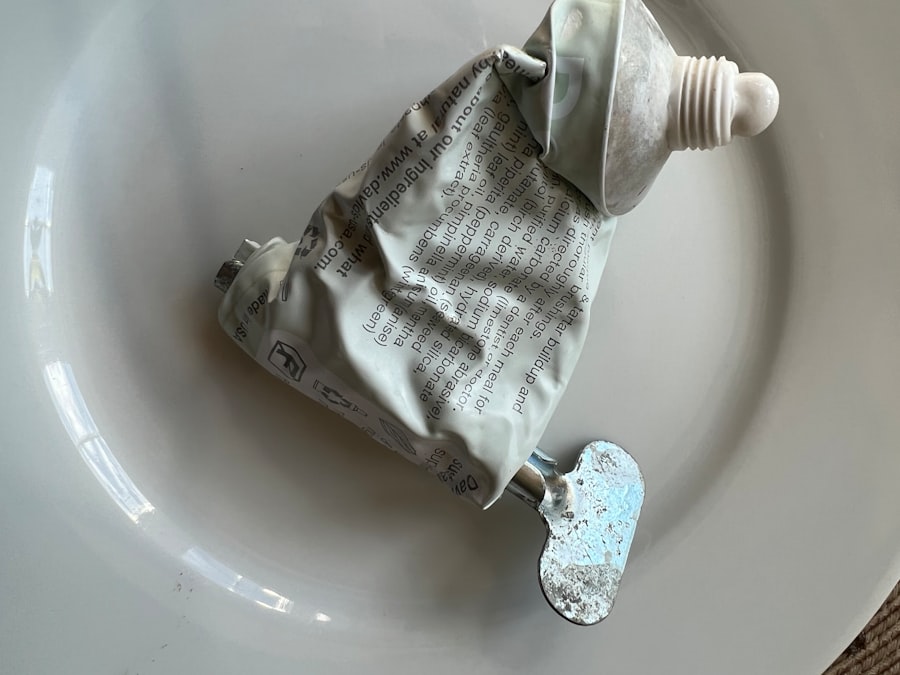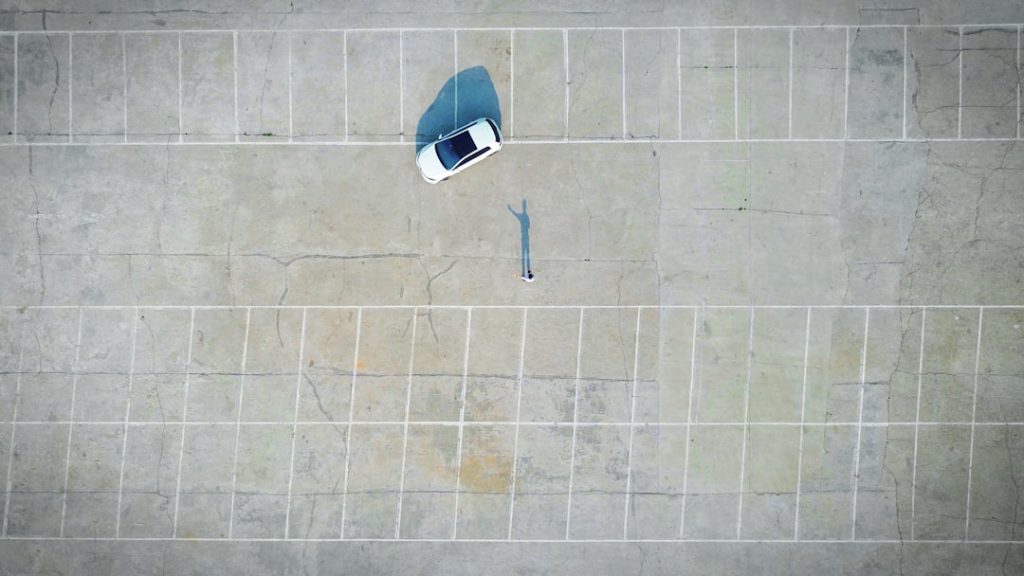Leaky faucets are not only a nuisance but can also lead to significant water waste and increased utility bills. The sound of dripping water can be irritating, and the constant moisture can create an environment conducive to mold growth. To address this issue, one must first identify the type of faucet in question—compression, cartridge, ball, or ceramic disc—as each type has its own unique mechanism and repair process.
For instance, compression faucets typically have rubber washers that wear out over time, while cartridge faucets may require a complete cartridge replacement. To begin the repair, turn off the water supply to the faucet and drain any remaining water by opening the faucet. Using a wrench, carefully remove the handle and expose the internal components.
If it’s a compression faucet, inspect the rubber washers for signs of wear or damage; replacing these is often a straightforward task. For cartridge faucets, you may need to pull out the cartridge itself and replace it with a new one. It’s advisable to take the old part to a hardware store to ensure you purchase an exact match.
Once the new components are installed, reassemble the faucet and turn the water supply back on to check for leaks. This simple repair can save both water and money in the long run.
Key Takeaways
- Fixing leaks and repairing grout prevent water damage and mold growth.
- Replacing damaged tiles enhances bathroom aesthetics and functionality.
- Upgrading fixtures modernizes the space and improves water efficiency.
- Proper ventilation is crucial to reduce moisture and maintain air quality.
- Regular maintenance of plumbing and drainage systems avoids costly repairs.
Repairing Grout and Caulk
Over time, grout and caulk in bathrooms can deteriorate due to moisture exposure, leading to unsightly stains and potential water damage beneath tiles. Grout, which fills the spaces between tiles, can crack or crumble, while caulk seals edges around sinks, tubs, and showers. Repairing these materials is essential not only for aesthetic reasons but also for maintaining the integrity of your bathroom’s structure.
The first step in this process is to assess the condition of both grout and caulk. If you notice discoloration or gaps, it’s time to take action. To repair grout, start by removing any damaged sections using a grout saw or a utility knife.
Be cautious not to damage surrounding tiles during this process. Once the old grout is removed, clean the area thoroughly to eliminate dust and debris. Mix new grout according to the manufacturer’s instructions and apply it using a grout float, ensuring it fills all gaps evenly.
After allowing it to set for the recommended time, wipe away excess grout with a damp sponge. For caulk repairs, use a caulk remover tool to eliminate old caulk before applying a new bead of caulk around sinks or tubs. This not only enhances the appearance of your bathroom but also prevents water from seeping into areas where it could cause damage.
Replacing Old or Broken Tiles

Old or broken tiles can detract from the overall appearance of a bathroom and may pose safety hazards if left unrepaired. Whether due to cracks from heavy impacts or simply wear and tear over time, replacing tiles is a task that can significantly enhance both aesthetics and functionality. The first step in this process is to identify the type of tile—ceramic, porcelain, or natural stone—as this will dictate the tools and methods required for replacement.
To begin replacing a tile, carefully remove the damaged tile using a chisel and hammer, taking care not to damage adjacent tiles. Once the old tile is removed, clean the area thoroughly to ensure proper adhesion for the new tile. Apply thin-set mortar to the back of the new tile and press it firmly into place, ensuring it is level with surrounding tiles.
After allowing the mortar to cure as per manufacturer instructions, apply grout around the edges of the new tile to secure it in place and match it with existing grout lines. This meticulous process not only restores the visual appeal of your bathroom but also prevents moisture from penetrating beneath tiles, which could lead to further damage.
Upgrading Bathroom Fixtures
| Fixture | Average Cost | Installation Time | Water Savings | Typical Lifespan | Upgrade Benefit |
|---|---|---|---|---|---|
| Toilet | 150 – 500 | 2 – 4 hours | Up to 20% less water | 10 – 15 years | Reduced water bills, improved efficiency |
| Faucet | 50 – 300 | 1 – 2 hours | Up to 30% less water | 10 – 20 years | Water conservation, modern look |
| Showerhead | 30 – 200 | 30 minutes – 1 hour | Up to 40% less water | 5 – 10 years | Lower water usage, better pressure |
| Bathtub | 400 – 1500 | 4 – 8 hours | Varies | 15 – 30 years | Enhanced comfort, updated style |
| Vanity | 200 – 1000 | 3 – 6 hours | N/A | 10 – 20 years | Increased storage, aesthetic upgrade |
Upgrading bathroom fixtures can dramatically transform the look and feel of your space while improving functionality. Fixtures such as faucets, showerheads, and towel bars come in various styles and finishes that can complement your bathroom’s design theme. When considering upgrades, it’s essential to choose fixtures that not only enhance aesthetics but also offer improved performance and efficiency.
For instance, installing a low-flow showerhead can significantly reduce water consumption without sacrificing pressure, making it an eco-friendly choice that can lower utility bills. Similarly, replacing outdated faucets with modern designs featuring touchless technology can enhance convenience while providing a sleek look. When upgrading fixtures, ensure compatibility with existing plumbing; this may involve minor adjustments or additional fittings.
The installation process typically involves turning off water supplies, removing old fixtures with basic tools like wrenches and screwdrivers, and carefully following manufacturer instructions for new installations. By investing in upgraded fixtures, homeowners can create a more inviting atmosphere while also promoting sustainability.
Addressing Water Damage
Water damage is one of the most insidious issues that can affect a bathroom, often going unnoticed until significant problems arise. It can stem from various sources such as leaky pipes, faulty fixtures, or inadequate ventilation leading to mold growth and structural damage. Addressing water damage promptly is crucial to prevent further deterioration and costly repairs down the line.
The first step in addressing water damage is identifying its source. This may involve inspecting plumbing fixtures for leaks or checking for signs of moisture behind walls or under flooring. Once identified, repairs should be made immediately—this could mean replacing damaged pipes or fixtures or sealing leaks effectively.
After addressing the source of water intrusion, it’s essential to dry out affected areas thoroughly using fans or dehumidifiers to prevent mold growth. In cases where drywall or flooring has been compromised, replacement may be necessary to restore safety and aesthetics. Regular inspections and maintenance can help catch potential issues early on, ensuring your bathroom remains a safe and pleasant space.
Improving Ventilation

Proper ventilation in a bathroom is essential for maintaining air quality and preventing moisture buildup that can lead to mold growth and structural damage. Bathrooms are inherently humid environments due to showers and baths; without adequate ventilation, this moisture can linger, creating an ideal breeding ground for mold spores and mildew. Improving ventilation can be achieved through various methods that enhance airflow and reduce humidity levels.
One effective way to improve ventilation is by installing an exhaust fan that operates during and after showers or baths. These fans help expel moist air outside rather than allowing it to circulate within the bathroom. When selecting an exhaust fan, consider factors such as noise level and airflow capacity measured in cubic feet per minute (CFM).
Additionally, ensuring that windows are operable can provide natural ventilation; opening windows during showers allows fresh air to circulate while pushing out humid air. Regular maintenance of ventilation systems is crucial; cleaning fan filters and ensuring ducts are free from obstructions will maximize efficiency and effectiveness.
Updating Paint and Wallpaper
Updating paint and wallpaper in a bathroom can significantly refresh its appearance while also protecting surfaces from moisture damage. Bathrooms are often subject to high humidity levels that can cause paint to peel or wallpaper to bubble if not properly selected for such environments. Choosing appropriate materials is key; opt for mildew-resistant paint or vinyl wallpaper designed specifically for bathrooms.
When updating paint, start by preparing surfaces through cleaning and sanding as necessary; this ensures better adhesion of new paint layers. A primer coat may be beneficial for particularly stained or dark surfaces before applying your chosen color. Light colors can make small bathrooms feel larger and more open, while darker shades can create a cozy atmosphere if balanced with adequate lighting.
For wallpaper updates, consider patterns that complement existing fixtures while also being easy to clean; peel-and-stick options are available for those who prefer less commitment or want an easily changeable design.
Maintaining Plumbing and Drainage Systems
Regular maintenance of plumbing and drainage systems is vital for preventing costly repairs and ensuring efficient operation within your bathroom. Over time, pipes can accumulate debris such as hair, soap scum, and mineral buildup that may lead to clogs or slow drainage issues. Establishing a routine maintenance schedule can help mitigate these problems before they escalate.
One effective maintenance practice involves regularly cleaning drains using a mixture of baking soda and vinegar followed by hot water; this natural solution helps break down buildup without harsh chemicals that could damage pipes over time. Additionally, inspecting visible plumbing for leaks or corrosion should be part of routine checks; early detection allows for timely repairs before significant damage occurs. Homeowners should also be aware of their plumbing system layout; knowing where shut-off valves are located can save time during emergencies when immediate action is required.
By prioritizing maintenance efforts on plumbing systems, homeowners can enjoy peace of mind knowing their bathrooms are functioning optimally while minimizing potential disruptions caused by plumbing issues.




